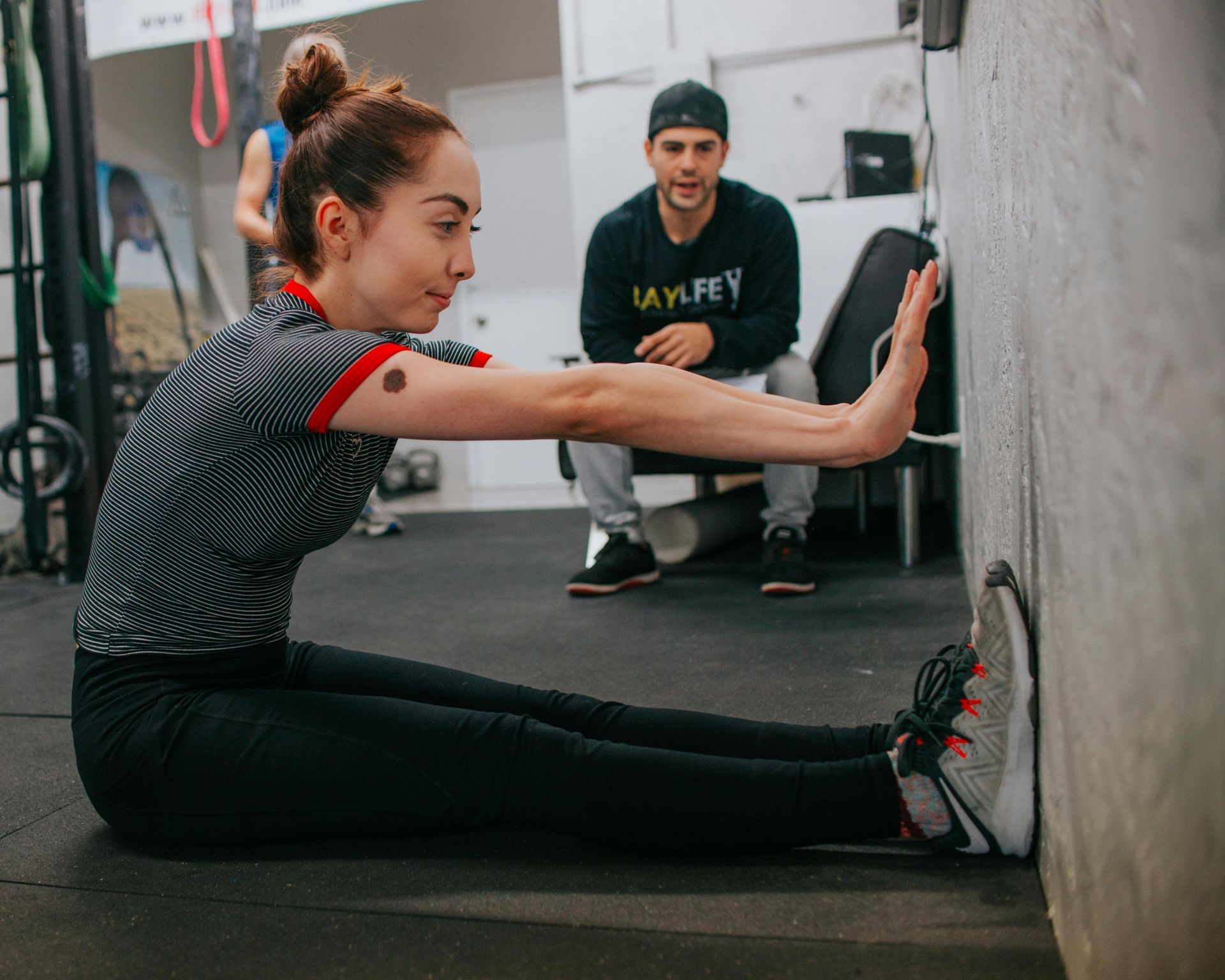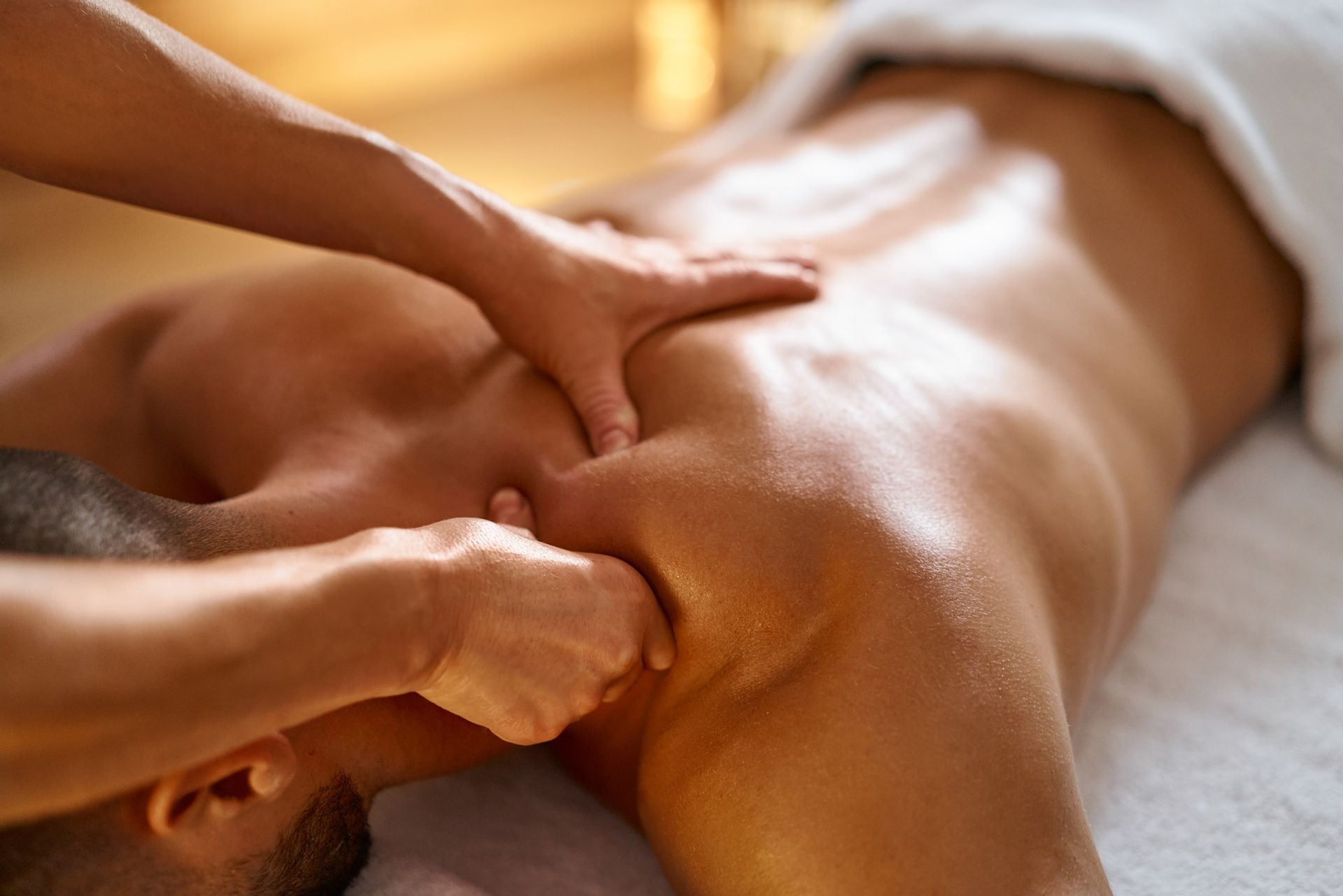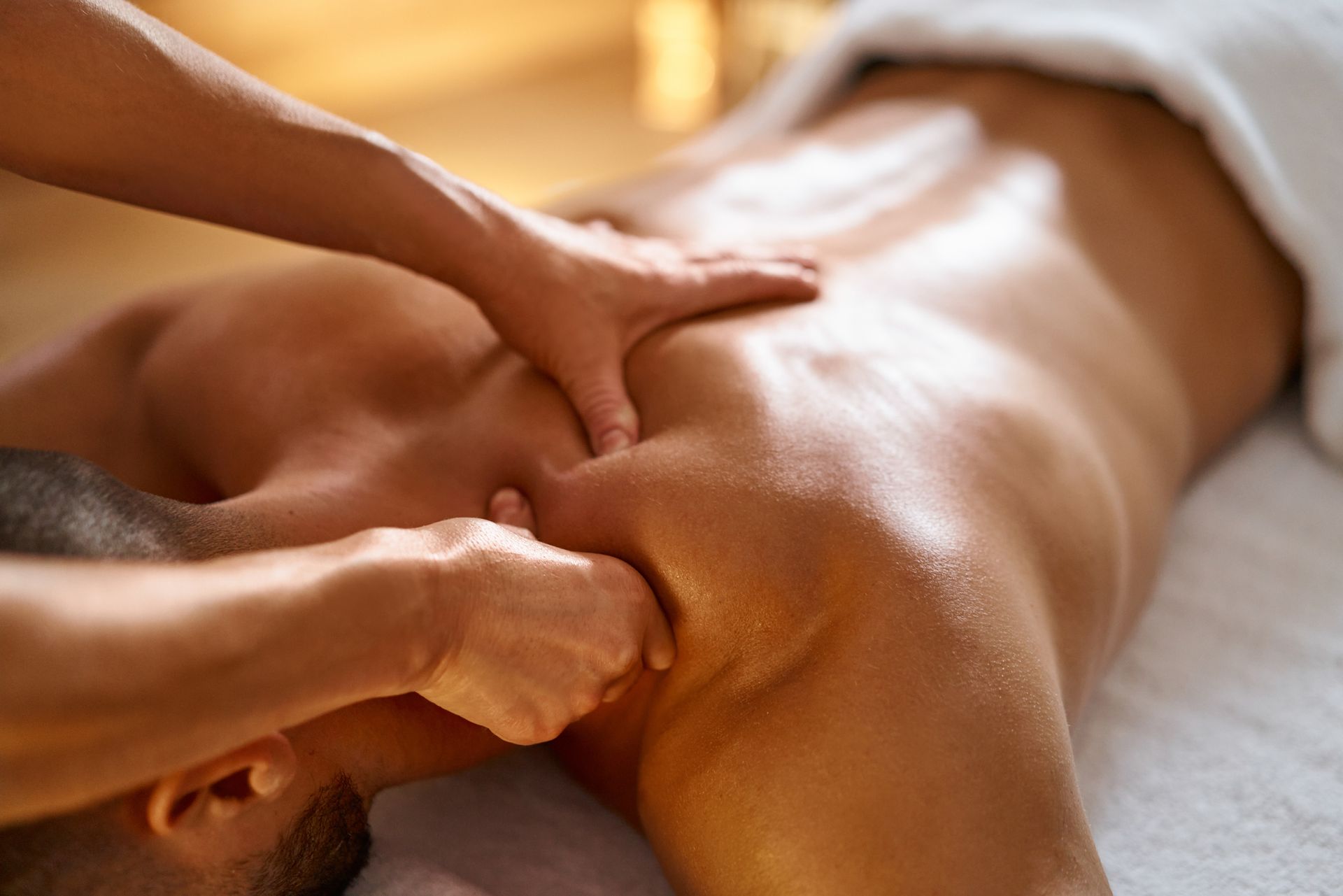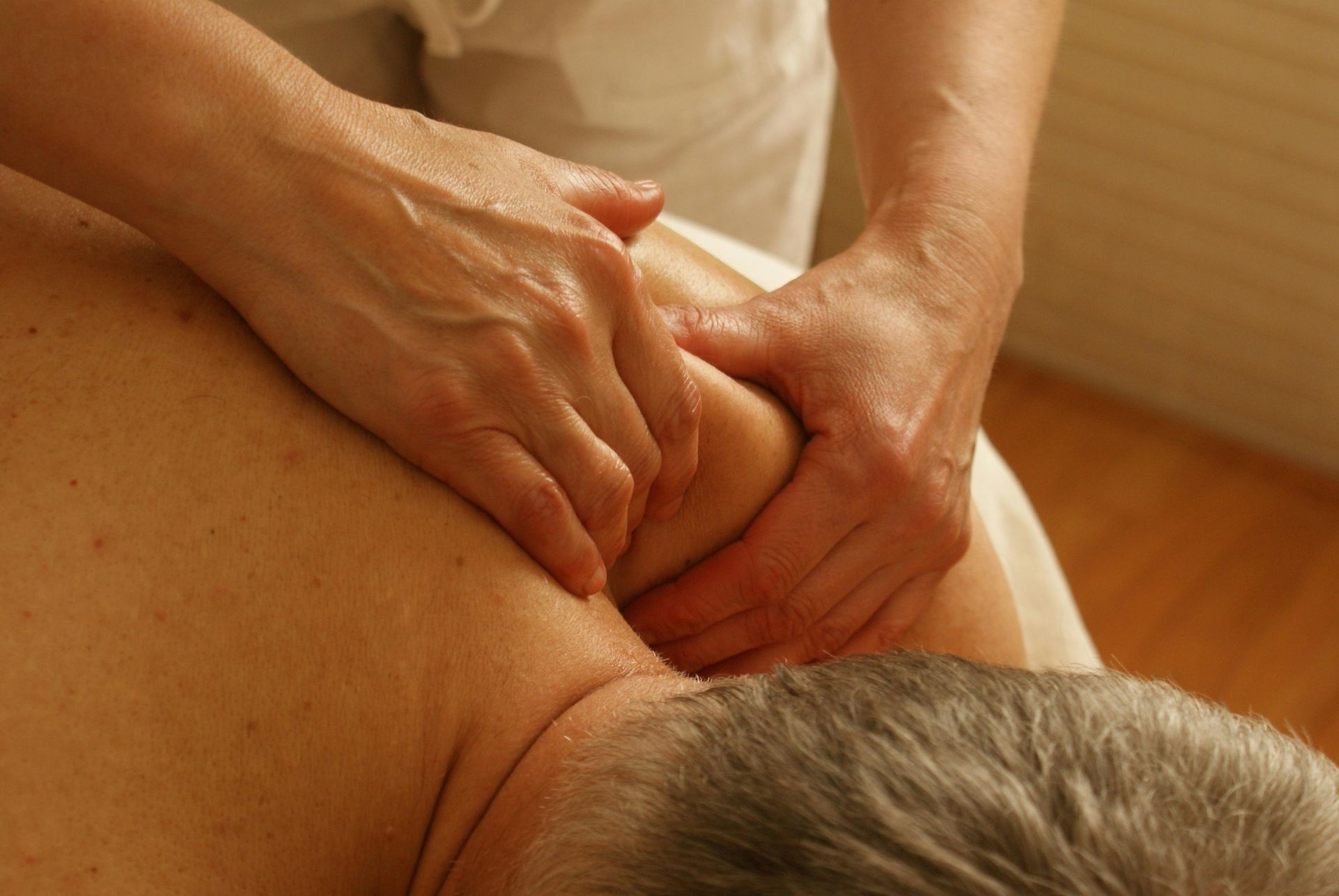F.Y.I. Licensing in Minnesota
Tammy Bain • August 27, 2025
Massage Therapy Licensing in Minnesota: What You Need to Know:
If you’re looking for a massage therapist in Minnesota, you might be surprised to learn that massage therapy is not licensed at the state level. Instead, each city sets its own rules—and those rules can vary a lot.
This means that a therapist licensed in Saint Paul may not automatically meet the requirements in Blaine, Maplewood, or Minneapolis. As a client, it’s important to make sure your therapist is licensed (if required locally) and has completed a background check.
Why Minnesota Is Different
Unlike many states, Minnesota does not issue a state massage therapy license. Instead, massage therapists fall under Minnesota Statute Chapter 146A as Complementary and Alternative Health Care Practitioners.
Because of this, local cities decide:
✅ Whether massage therapists need an individual license
✅ Whether massage businesses need a license
✅ What kind of education, training, or insurance is required
✅ How background checks are conducted
⚖️ New Update: Beginning August 1, 2025, Minnesota cities and counties are authorized to require comprehensive criminal background checks for massage therapy licensing.

Massage therapy does wonders for relieving stress, improving circulation, and helping your body feel its best. But what about those days in between sessions when your muscles start to tighten up again? Adding a few simple self-help stretches into your routine can make all the difference. Below are two gentle stretches you can try at home to support your body until your next appointment. 1. Chest Stretch (to relieve pain between the shoulder blades) Find an interior corner of a room. Stand facing the corner with one hand on each wall, about shoulder-width apart and at shoulder height. Place your feet shoulder-width apart. Slowly lean in until you feel a nice stretch in your chest (pectorals). Hold, then return slowly to your starting position. 💡 Tip: This should feel like a comfortable stretch—not pain. This move helps open the chest and ease that nagging tension in between your shoulder blades. 2. Seated Stretch for Sciatic Pain Sit in the middle of a couch or a chair without armrests. Place the ankle of your affected side onto the opposite knee. With one hand, gently cup your ankle and lift slightly. With the other hand, press very lightly on the knee until you feel a stretch in the hip and glute area. 💡 Tip: This stretch helps target the muscle that often irritates the sciatic nerve. Remember: go only as far as your body comfortably allows. A Few Important Reminders Listen to your body: Stretches should bring relief and ease, not pain. If your body only allows you to go halfway into a stretch—that’s perfectly fine. No set reps: Do what feels good. Five repetitions may be enough, or you might prefer holding a stretch a little longer. Stay hydrated: Your muscles need water to function at their best. Take your body weight, divide it in half, and that’s roughly how many ounces of fluid you should aim for daily. Sip throughout the day—your body can only absorb 3–4 oz at a time. A small mouthful every 30–40 minutes is ideal. Taking a few minutes each day to stretch and hydrate can help you feel better in between massage visits. And of course, regular bodywork helps keep those muscles happy and healthy in the long run. If you have any questions—or want to schedule your next massage—reach out to me anytime at Tammy@BetterHealthConcepts.com .



